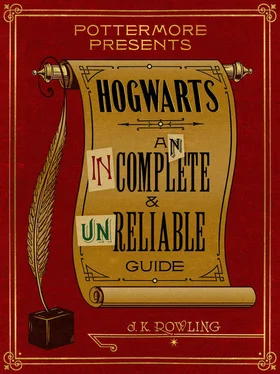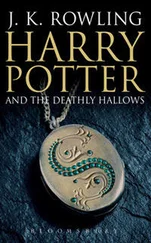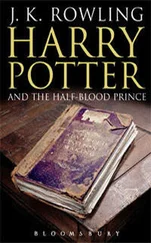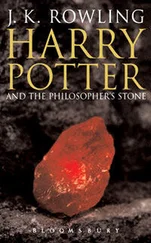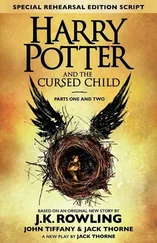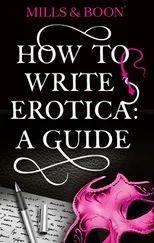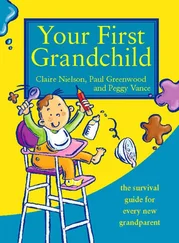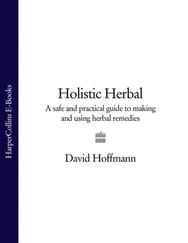J. Rowling - Hogwarts - An Incomplete and Unreliable Guide
Здесь есть возможность читать онлайн «J. Rowling - Hogwarts - An Incomplete and Unreliable Guide» весь текст электронной книги совершенно бесплатно (целиком полную версию без сокращений). В некоторых случаях можно слушать аудио, скачать через торрент в формате fb2 и присутствует краткое содержание. Год выпуска: 2016, ISBN: 2016, Издательство: Pottermore from J.K. Rowling, Жанр: Фэнтези, Детская фантастика, geo_guides, на английском языке. Описание произведения, (предисловие) а так же отзывы посетителей доступны на портале библиотеки ЛибКат.
- Название:Hogwarts: An Incomplete and Unreliable Guide
- Автор:
- Издательство:Pottermore from J.K. Rowling
- Жанр:
- Год:2016
- ISBN:978-1-78110-627-3
- Рейтинг книги:3 / 5. Голосов: 1
-
Избранное:Добавить в избранное
- Отзывы:
-
Ваша оценка:
- 60
- 1
- 2
- 3
- 4
- 5
Hogwarts: An Incomplete and Unreliable Guide: краткое содержание, описание и аннотация
Предлагаем к чтению аннотацию, описание, краткое содержание или предисловие (зависит от того, что написал сам автор книги «Hogwarts: An Incomplete and Unreliable Guide»). Если вы не нашли необходимую информацию о книге — напишите в комментариях, мы постараемся отыскать её.
Pottermore archives: short reads
Harry Potter
Hogwarts An Incomplete and Unreliable Guide
Hogwarts: An Incomplete and Unreliable Guide — читать онлайн бесплатно полную книгу (весь текст) целиком
Ниже представлен текст книги, разбитый по страницам. Система сохранения места последней прочитанной страницы, позволяет с удобством читать онлайн бесплатно книгу «Hogwarts: An Incomplete and Unreliable Guide», без необходимости каждый раз заново искать на чём Вы остановились. Поставьте закладку, и сможете в любой момент перейти на страницу, на которой закончили чтение.
Интервал:
Закладка:
‘Finally, there were alarming signs, during the days following Madam Mintumble’s recovery, that time itself had been disturbed by such a serious breach of its laws. Tuesday following her reappearance lasted two and a half full days, whereas Thursday shot by in the space of four hours. The Ministry of Magic had a great deal of trouble in covering this up and since that time, the most stringent laws and penalties have been placed around those studying time travel.’
Even the use of the very limited amount of Time-Turners at the Ministry’s disposal is hedged around with hundreds of laws. While not as potentially dangerous as skipping five centuries, the re-use of a single hour can still have dramatic consequences and the Ministry of Magic seeks the strictest guarantees if it permits the use of these rare and powerful objects. It would surprise most of the magical community to know that Time-Turners are generally only used to solve the most trivial problems of time-management and never for greater or more important purposes, because, as Saul Croaker tells us, ‘just as the human mind cannot comprehend time, so it cannot comprehend the damage that will ensue if we presume to tamper with its laws.’
The Ministry’s entire stock of Time-Turners was destroyed during a fight in the Department of Mysteries about three years after Hermione Granger was granted permission to use one at Hogwarts.
I went far too light-heartedly into the subject of time travel in Harry Potter and the Prisoner of Azkaban . While I do not regret it ( Prisoner of Azkaban is one of my favourite books in the series), it opened up a vast number of problems for me, because after all, if wizards could go back and undo problems, where were my future plots?
I solved the problem to my own satisfaction in stages. Firstly, I had Dumbledore and Hermione emphasise how dangerous it would be to be seen in the past, to remind the reader that there might be unforeseen and dangerous consequences as well as solutions in time travel. Secondly, I had Hermione give back the only Time-Turner ever to enter Hogwarts. Thirdly, I smashed all remaining Time-Turners during the battle in the Department of Mysteries, removing the possibility of reliving even short periods in the future.
This is just one example of the ways in which, when writing fantasy novels, one must be careful what one invents. For every benefit, there is usually a drawback.
CHAPTER FIVE
CASTLE RESIDENTS
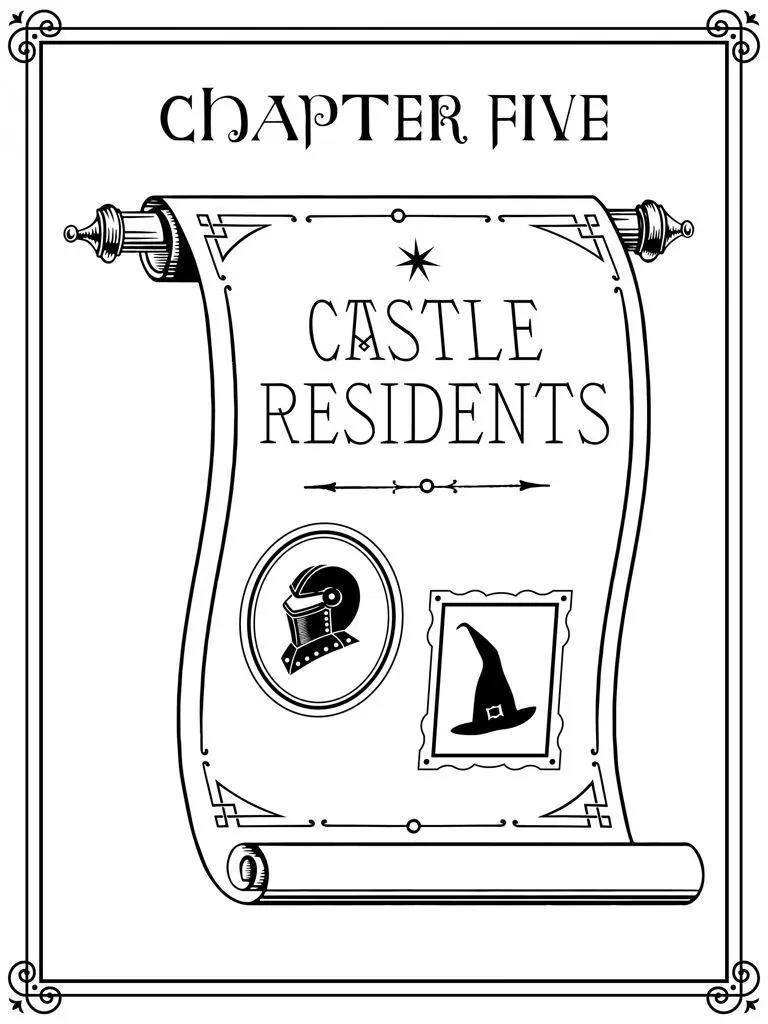

It isn’t just students and teachers who live at the school. Hogwarts is home to many others aside from the living – and these spirits have nothing but time. Among Hogwarts’ permanent residents are a colourful collection of otherworldly inhabitants.
Hogwarts Ghosts
by J.K. Rowling

In spite of the unfounded rumours surrounding the Shrieking Shack, which was never haunted at all, Hogwarts is the most heavily haunted dwelling place in Britain (and this is against stiff competition, as there are more reported ghost sightings/sensings on these damp islands than anywhere else in the world). The castle is a congenial place for ghosts, because the living inhabitants treat their dead friends with tolerance and even affection, no matter how many times they have heard the same old reminiscences.
Each of the four Hogwarts houses has its own ghost. Slytherin boasts the Bloody Baron, who is covered in silver bloodstains. The least talkative of the house ghosts is the Grey Lady, who is long-haired and beautiful.
Hufflepuff House is haunted by the Fat Friar, who was executed because senior churchmen grew suspicious of his ability to cure the pox merely by poking peasants with a stick, and his ill-advised habit of pulling rabbits out of the communion cup. Though a genial character in general, the Fat Friar still resents the fact that he was never made a cardinal.
Gryffindor house is home to Nearly Headless Nick, who in life was Sir Nicholas de Mimsy-Porpington. Something of a snob, and a less accomplished wizard than he believed, Sir Nicholas lounged around the court of Henry VII in life, until his foolish attempt to beautify a lady-in-waiting by magic caused the unfortunate woman to sprout tusks. Sir Nicholas was stripped of his wand and inexpertly executed, leaving his head hanging off by a single flap of skin and sinew. He retains a feeling of inadequacy with regard to truly headless ghosts.
Another notable Hogwarts ghost is Moaning Myrtle, who haunts an unpopular girls’ toilet. Myrtle was a student at Hogwarts when she died, and she chose to return to school in perpetuity, with the short-term aim of haunting her arch-rival and bully, Olive Hornby. As the decades have rolled by, Myrtle has made a name for herself as the most miserable ghost in school, usually to be found lurking inside one of the toilets and filling the tiled space with her moans and howls.
The inspiration for Moaning Myrtle was the frequent presence of a crying girl in communal bathrooms, especially at the parties and discos of my youth. This does not seem to happen in male bathrooms, so I enjoyed placing Harry and Ron in such uncomfortable and unfamiliar territory in Harry Potter and the Chamber of Secrets and Harry Potter and the Half-Blood Prince .
The most productive ghost at Hogwarts is, of course, Professor Binns, the old History of Magic teacher who fell asleep in front of the staff-room fire one day and simply got up to give his next class, leaving his body behind. There is some debate as to whether or not Professor Binns realises he is dead. While his entrance to lessons through the blackboard is vaguely amusing the first time students see it, he is not the most stimulating teacher.
The inspiration for Professor Binns was an old professor at my university, who gave every lecture with his eyes closed, rocking backwards and forwards slightly on his toes. While he was a brilliant man, who disgorged an immense amount of valuable information at every lecture, his disconnect with his students was total. Professor Binns is only dimly aware of his living students, and is astonished when they begin asking him questions.
In the very earliest list of ghosts I ever wrote for Hogwarts, I included Myrtle (initially named ‘Wailing Wanda’), Professor Binns, the Grey Lady (then called ‘the Whispering Lady’) and the Bloody Baron. There was also a Black Knight, The Toad (which left ectoplasm all over its classroom), and a ghost I rather regret not using: his name was Edmund Grubb, and the notes beside his name say: Expired in the doorway of the Dining Hall. Sometimes stops people getting in, out of spite. Fat Victorian ghost. (Ate poisonous berries).

Ghosts are such a normal sight to behold at Hogwarts that it’s easy to forget you don’t often see them out in the Muggle world. Of course, there’s a good explanation for that.
Ghosts
by J.K. Rowling

In the world of Harry Potter, a ghost is the transparent, three-dimensional imprint of a deceased witch or wizard, which continues to exist in the mortal world. Muggles cannot come back as ghosts, and the wisest witches and wizards choose not to. It is those with ‘unfinished business’, whether in the form of fear, guilt, regrets or overt attachment to the material world, who refuse to move on to the next dimension.
Читать дальшеИнтервал:
Закладка:
Похожие книги на «Hogwarts: An Incomplete and Unreliable Guide»
Представляем Вашему вниманию похожие книги на «Hogwarts: An Incomplete and Unreliable Guide» списком для выбора. Мы отобрали схожую по названию и смыслу литературу в надежде предоставить читателям больше вариантов отыскать новые, интересные, ещё непрочитанные произведения.
Обсуждение, отзывы о книге «Hogwarts: An Incomplete and Unreliable Guide» и просто собственные мнения читателей. Оставьте ваши комментарии, напишите, что Вы думаете о произведении, его смысле или главных героях. Укажите что конкретно понравилось, а что нет, и почему Вы так считаете.
